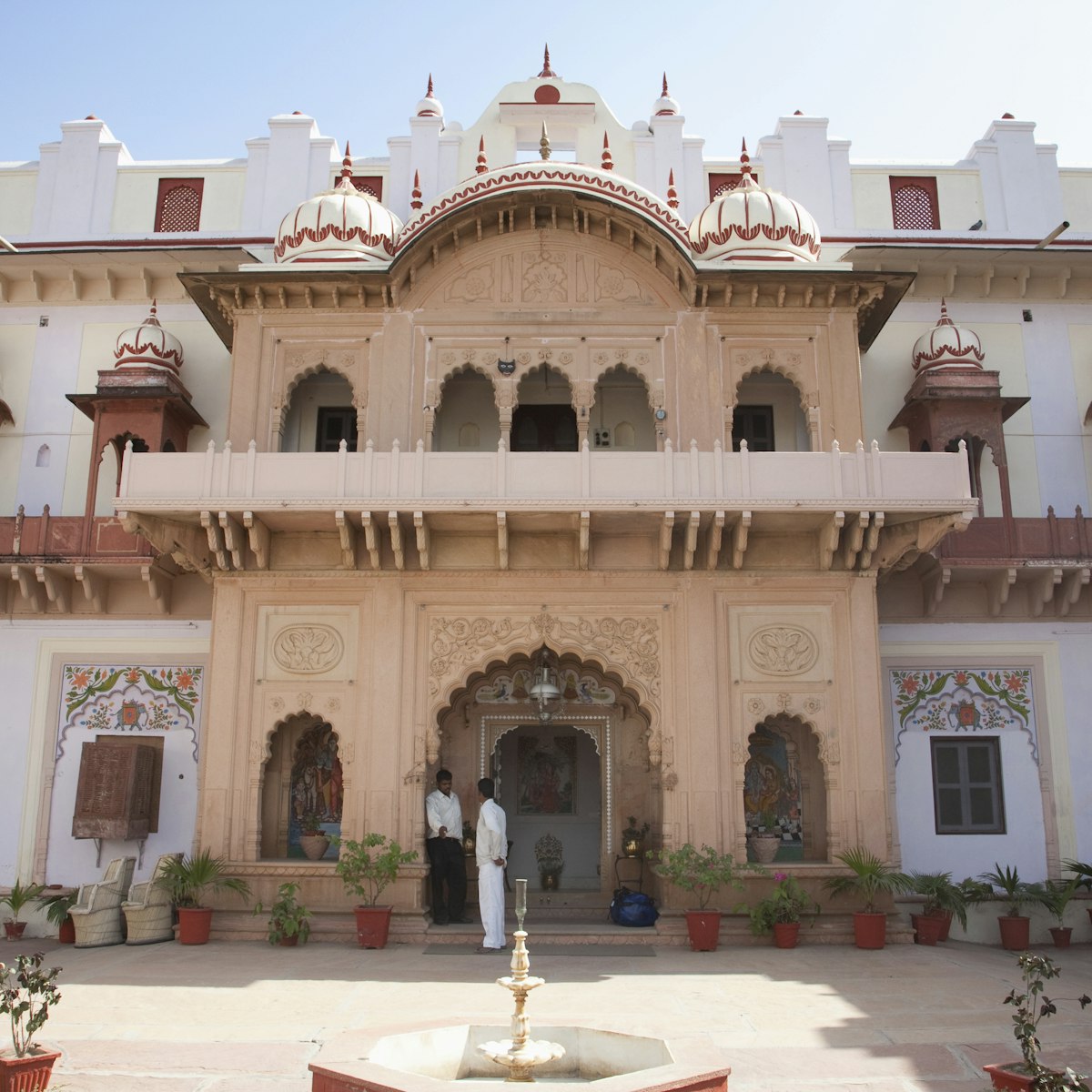The evocative ruins of the one-time capital of Sultan Mahmud Begada today stand as testament to Champaner's brief period of 15th-century glory. When Champaner was captured by Mughal emperor Humayun in 1535, the Gujarati capital reverted to Ahmedabad, and Champaner fell into ruin. The heart of this historic site is the citadel, whose most impressive features are its 16th-century monumental mosques (no longer used for worship), with their beautiful blend of Islamic and Hindu architecture.
The huge Jami Masjid, just outside the citadel’s east gate, has a wonderful carved entrance porch that leads into a lovely courtyard surrounded by a pillared corridor. The prayer hall has two tall central minarets, further superb stone carving, multiple domes, finely latticed windows, and seven mihrabs (prayer niches) along the back wall.
Other beautiful mosques include the Saher ki Masjid, behind the ticket office inside the citadel, which was probably the private royal mosque, and the Kevda Masjid, 300m north of the citadel and about 600m west of the Jami Masjid. Here you can climb narrow stairs to the roof, and higher up the minarets, to spot other mosques even further out in the countryside – Nagina Masjid, 500m north, with no minarets but exquisite geometric carving, particularly on the tomb next to it, and Lila Gumbaj ki Masjid, 800m east, on a high platform and with a fluted central dome. The twin minarets resembling factory chimneys, about 1km west, adorn the Brick Minar ki Masjid, a rare brick tomb.


